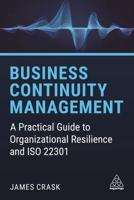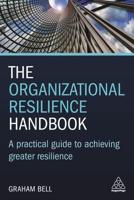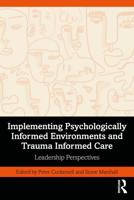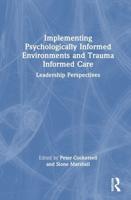Publisher's Synopsis
Treating Violence deals with the problem of violence by mental health patients. Over the last twenty years violence by the mentally ill has grown from just a peripheral concern to dominate debate about services. Scientific studies have established beyond reasonable doubt that mental disorders lead to violence in a minority of sufferers, whilst a series of homicide inquiries brought the media spotlight to bear on the real and imagined failings of mental health services. Consequently, health services have had violence risk assessment thrust upon them by worried managers and politicians. Clinicians were bewildered by the growing number of risk scales and they felt vulnerable to criticism when things went wrong. This book provides a way out of the confusion. It summarises the evidence, critically reviews risk assessment methods, and presents a strong case for improving management through structured clinical assessment. In this provocative and controversial account, standardised risk assessment is discussed in a critical, non-technical way, with a reminder that nobody can predict the future. There is advice for the clinician on when and how to use standardised assessment, along with a strong defence of clinical methods. Topics include: research on violence, mental health, and risk prediction; the ethics of violence risk assessment; homicide inquiries in the UK, with the results of a new study reviewing their findings; a discussion of professional attitudes towards violence risk; a description of risk assessment tools and recommendations for their use; and a strong defence of structured clinical assessment as the best way of managing risk. This is a book that should be read by anybody working in front line mental health services or criminal justice. It will also be of interest to those who have read the headlines about mental illness and violence and want to know more about the facts and the controversies that lie behind them.











